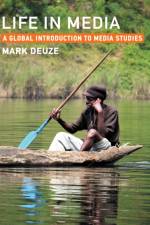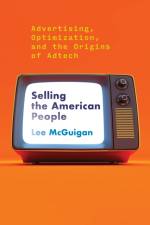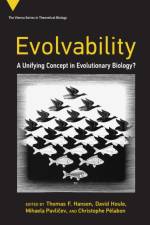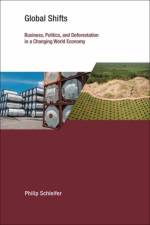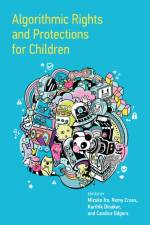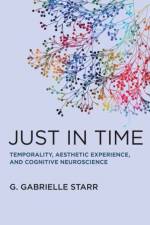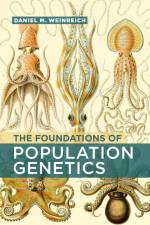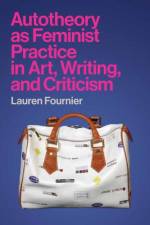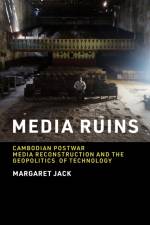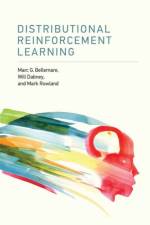775
The first reader in critical plant studies, exploring a rapidly growing multidisciplinary field—the intersection of philosophy with plant science and the visual arts.In recent years, philosophy and art have testified to how anthropocentrism has culturally impoverished our world, leading to the wide destruction of habitats and ecosystems. In this book, Giovanni Aloi and Michael Marder show that the field of critical plant studies can make an important contribution, offering a slew of possibilities for scientific research, local traditions, Indigenous knowledge, history, geography, anthropology, philosophy, and aesthetics to intersect, inform one another, and lead interdisciplinary and transcultural dialogues. Vegetal Entwinements in Philosophy and Art considers such topics as the presence of plants in the history of philosophy, the shifting status of plants in various traditions, what it means to make art with growing life-forms, and whether or not plants have moral standing. In an experimental vegetal arrangement, the reader presents some of the most influential writing on plants, philosophy, and the arts, together with provocative new contributions, as well as interviews with groundbreaking contemporary artists whose work has greatly enhanced our appreciation of vegetal being.Contributors:Catriona A.H. Sandilands, Giovanni Aloi, Marlene Atleo, Monica Bakke, Emily Blackmer, Jodi Brandt, Teresa Castro, Dan Choffness, D. Denenge Duyst-Akpem, Mark Dion, Elisabeth E. Schussler, Braden Elliott, Monica Gagliano, Elaine Gan, Prudence Gibson, James H. Wandersee, Manuela Infante, Luce Irigaray, Nicholas J. Reo, Jonathon Keats, Zayaan Khan, Robin Wall Kimmerer, Eduardo Kohn, Stefano Mancuso, Michael Marder, Anguezomo Mba Bikoro, Elaine Miller, Samaneh Moafi, Uriel Orlow, Mark Payne, Allegra Pesenti, Špela Petrič, Michael Pollan, Darren Ranco, Angela Roothaan, Marcela Salinas, Diana Scherer, Vandana Shiva, Linda Tegg, Maria Theresa Alves, Krista Tippet, Anthony Trewavas, Alessandra Viola, Eduardo Viveiros de Castro, B+W, Mathai Wangari, Lois Weinberger, Kyle Whyte, David Wood, Anicka Yi


